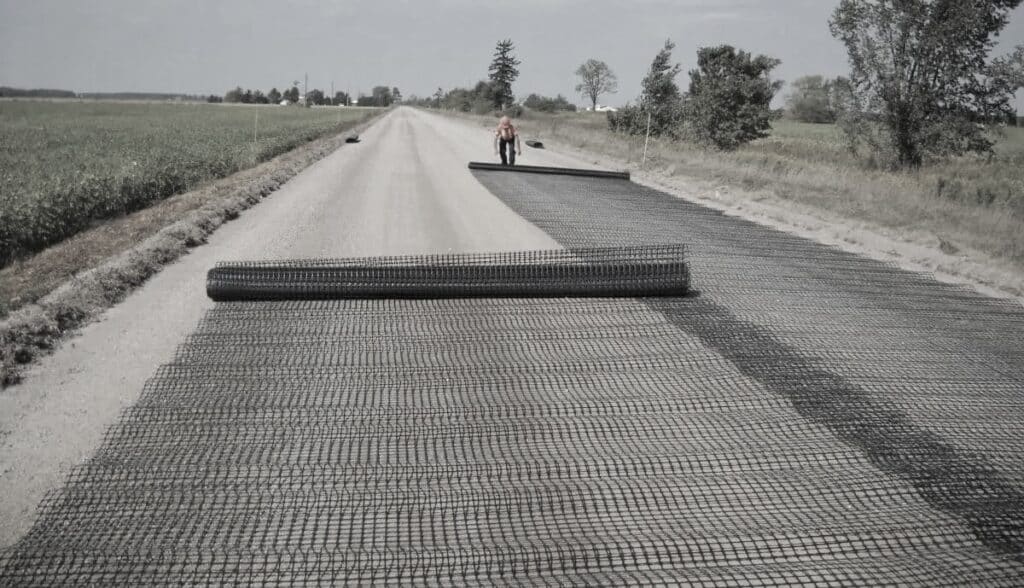Geo textiles (Geotech) have emerged as a versatile and innovative solution with far-reaching applications. Geo textiles are engineered fabrics designed to improve the performance and durability of civil engineering projects, while also contributing to sustainable practices. These textile materials find application in various sectors, including transportation, hydraulic engineering, environmental protection, and construction, offering a range of benefits that extend beyond their basic function.






